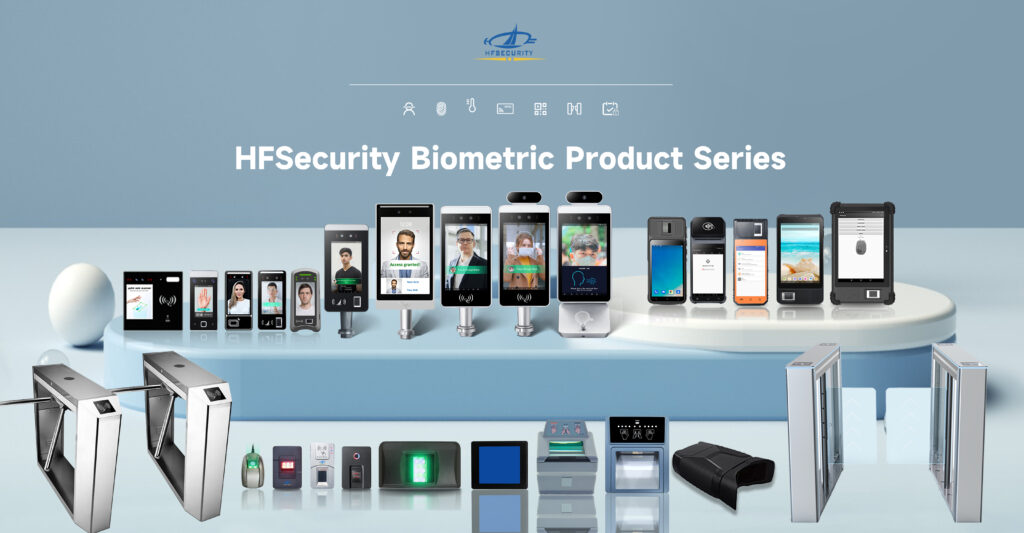Introduction
In the ever-evolving landscape of education, technology plays a pivotal role in enhancing security and efficiency within school premises. One such technological advancement is the integration of biometric attendance access control systems along with gates. This innovative approach not only ensures accurate attendance tracking but also provides heightened security measures for educational institutions. In this essay, we will delve into the significance of implementing biometric systems in schools, focusing on three main types: fingerprint recognition, face recognition, and biometric turnstiles.
Biometric Attendance Access Control Systems
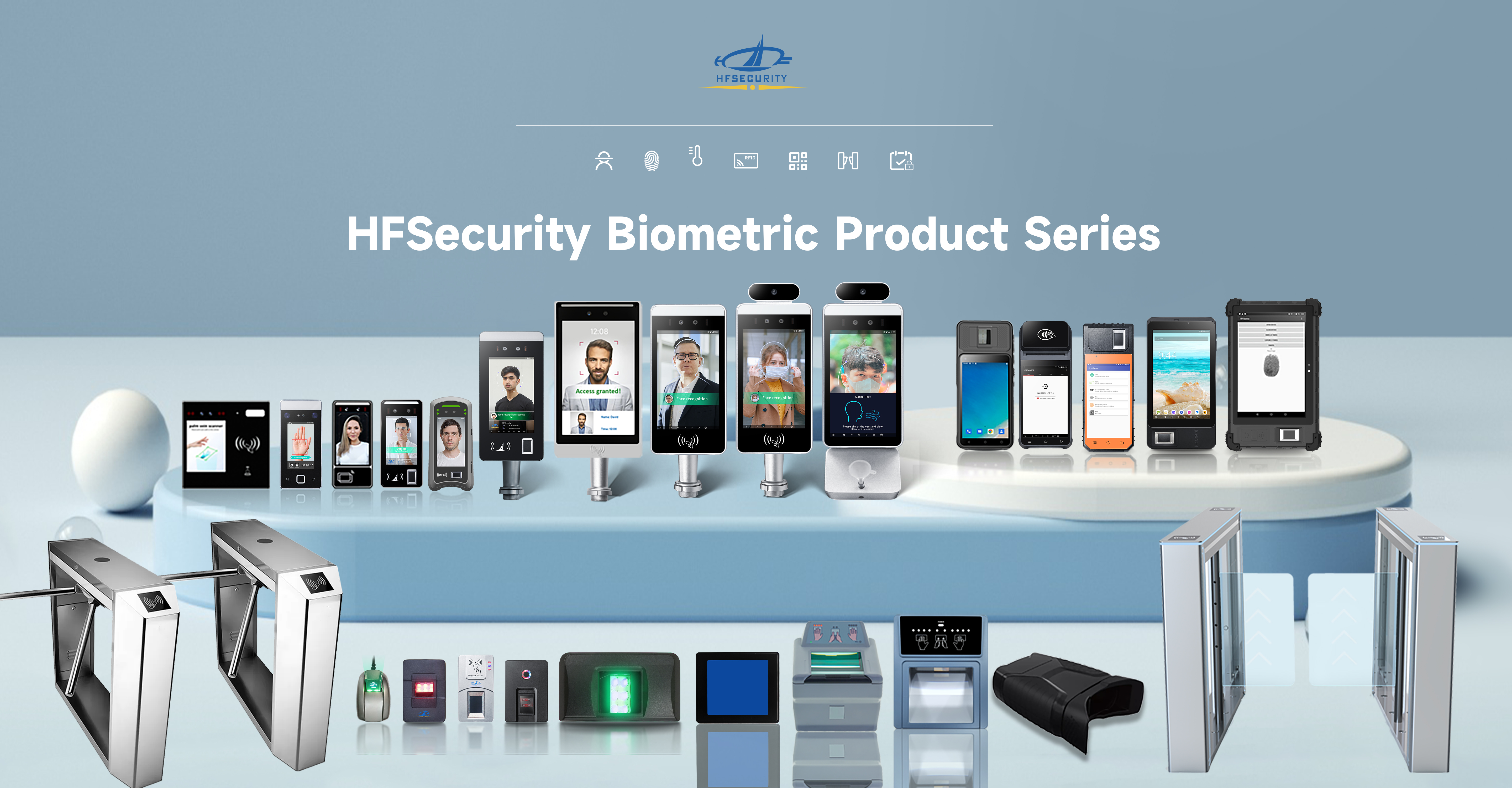
HFSecurity Biometric Solution Provider
1. Fingerprint Recognition Time Attendance and Access Control
Fingerprint recognition is one of the oldest and most widely used biometric authentication methods. Its implementation in schools for time attendance and access control has proven to be highly effective. The uniqueness of each individual’s fingerprints ensures a high level of accuracy in identification. Schools can deploy fingerprint scanners at entrances, linking them to attendance databases to streamline the tracking process.
The advantages of fingerprint recognition time attendance and access control in schools are multifaceted. Firstly, it eliminates the possibility of proxy attendance, where students ask their peers to sign in on their behalf. Secondly, it reduces the administrative burden on teachers by automating the attendance process. Additionally, fingerprint recognition systems are user-friendly, requiring minimal effort from students and staff.
However, fingerprint recognition systems have raised concerns regarding hygiene and privacy. Regular cleaning of the scanners and addressing privacy issues through transparent communication and robust security measures can help mitigate these concerns.
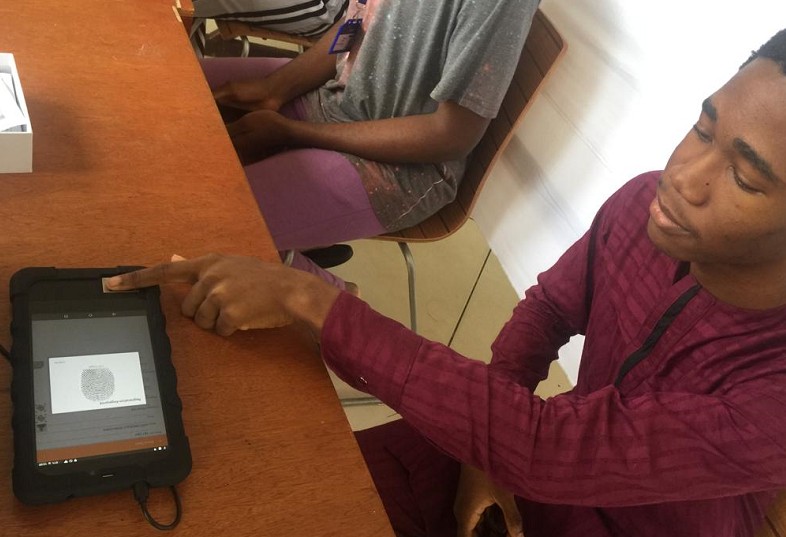
HFSecurity FP08 Biometric Fingerprint Tablet for School Attendance
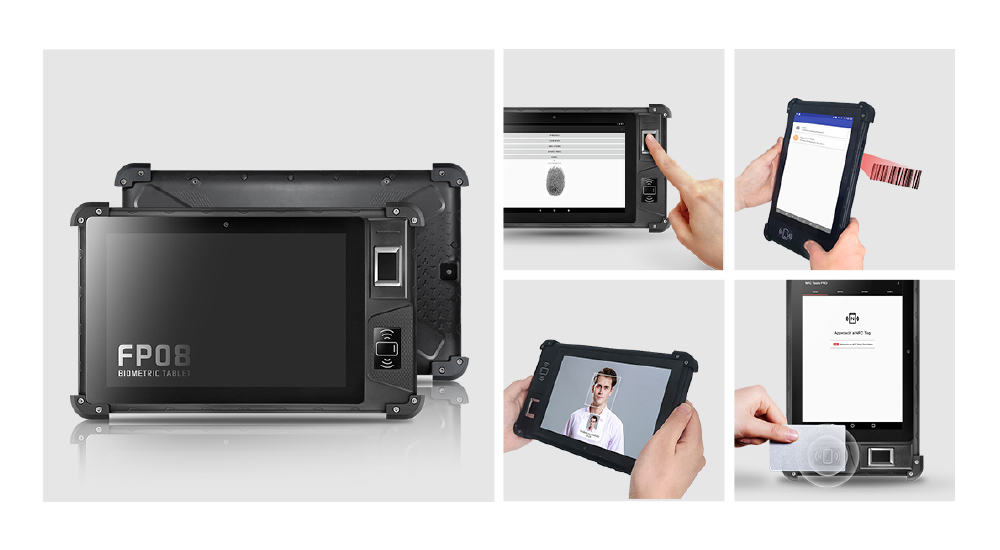
HFSecurity FP08 Mobile Biometric Fingerprint Tablet
2. Face Recognition Time Attendance and Access Control
Face recognition technology has gained prominence in recent years, becoming a viable option for biometric attendance access control in schools. Facial recognition systems use algorithms to identify and authenticate individuals based on facial features. When integrated with school gates and attendance systems, this technology provides a seamless and contactless way of tracking attendance.
One of the key advantages of face recognition is its non-intrusive nature. Students and staff simply need to walk through the entrance gate, and the system captures their facial features for identification. This reduces the time spent on attendance-taking and minimizes disruptions during entry.
Despite its benefits, face recognition technology does face challenges related to accuracy, particularly in varying lighting conditions and with diverse facial features. Continuous advancements in facial recognition algorithms and hardware aim to address these issues and improve the overall reliability of the technology.

Biometric Facial Access Control Stand
3. Biometric Turnstiles
Biometric turnstiles represent a comprehensive access control solution combining biometric authentication and physical barriers. These turnstiles are equipped with biometric sensors such as fingerprint or palm scanners, ensuring that only authorized individuals gain access to the school premises.
The integration of biometric turnstiles enhances security by preventing unauthorized entry and controlling the flow of individuals. Moreover, these turnstiles can be configured to work in conjunction with other security measures, such as surveillance cameras and alarms, creating a robust security infrastructure.
Biometric turnstiles are particularly useful in high-traffic areas of schools, such as main entrances or specific zones with restricted access. The combination of physical barriers and biometric authentication provides a deterrent against unauthorized access, contributing to a safer learning environment.
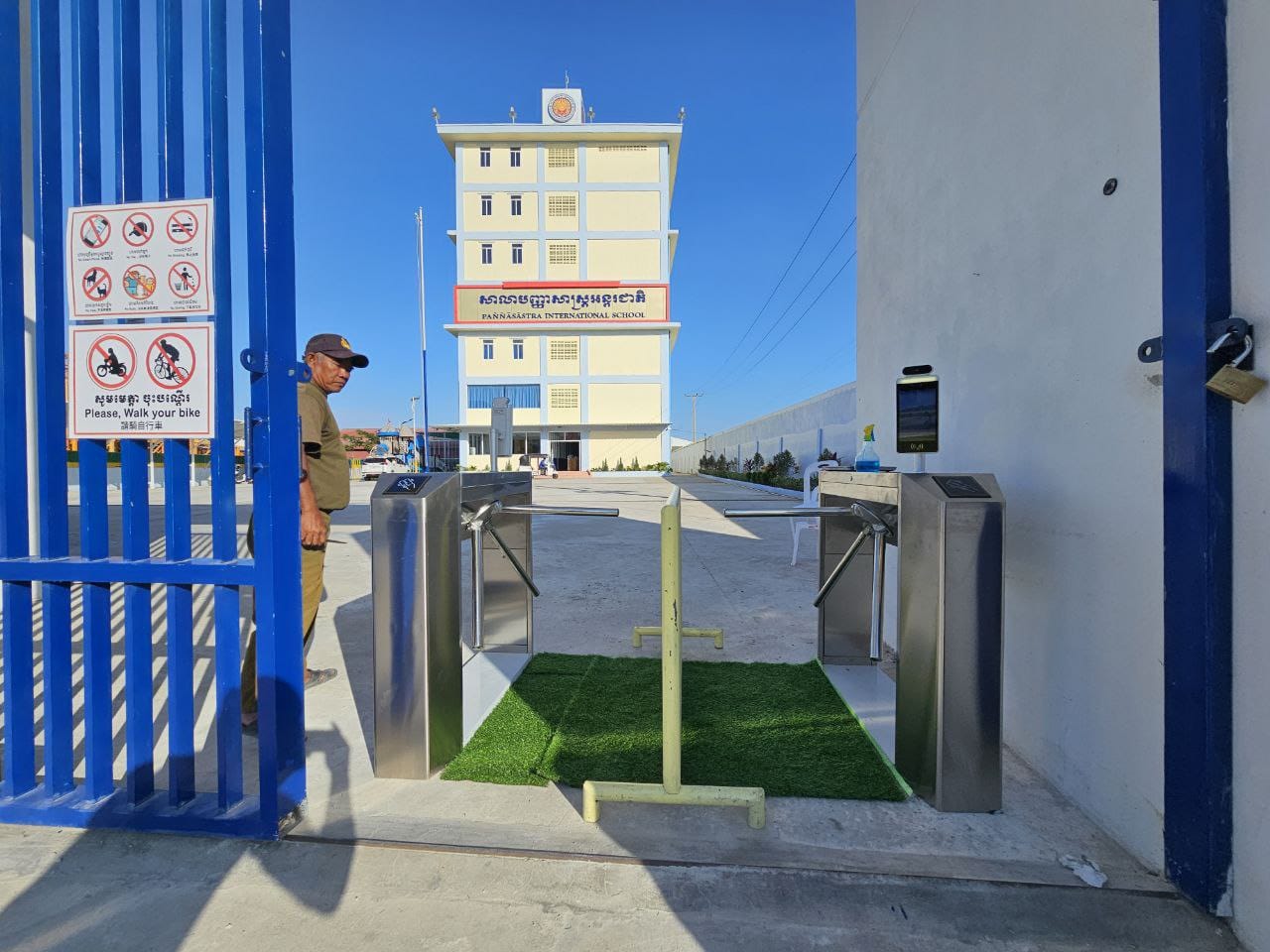
Biometric Access Control with Turnstile
Conclusion
The integration of biometric attendance access control systems along with turnstiles in schools represents a significant leap forward in enhancing security and efficiency. Fingerprint recognition, face recognition, and biometric turnstiles offer diverse solutions to address the unique needs of educational institutions. While challenges such as privacy concerns and implementation costs exist, careful planning and adherence to ethical standards can ensure the successful deployment of these technologies in schools.
As technology continues to advance, schools must stay abreast of developments in biometrics to leverage the latest innovations for creating a secure and conducive learning environment. The judicious use of biometric access control systems can streamline administrative processes and contribute to fostering a culture of safety and accountability within educational institutions.


